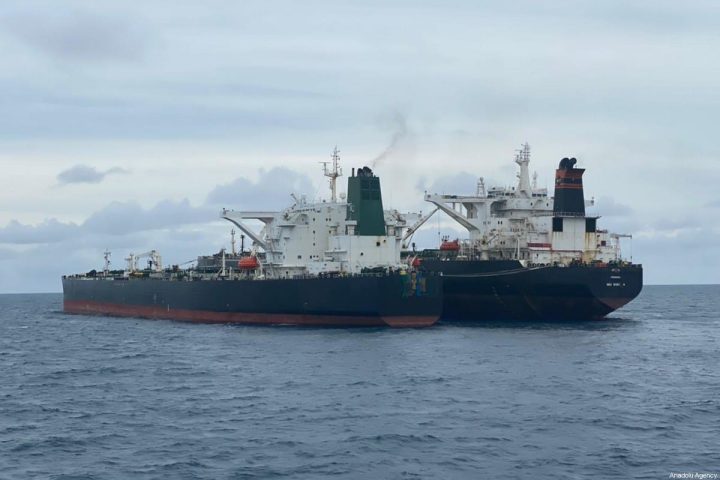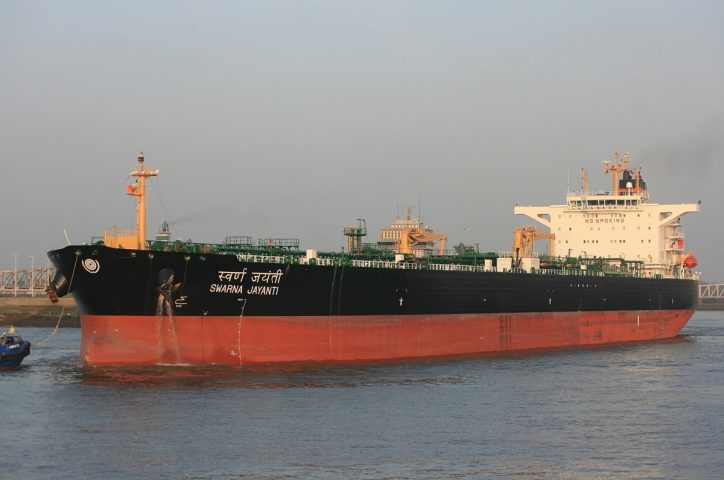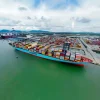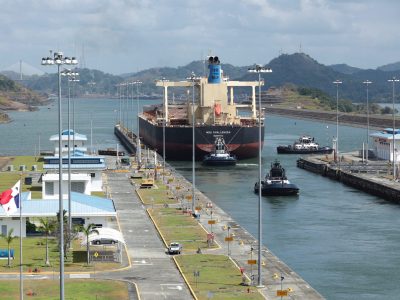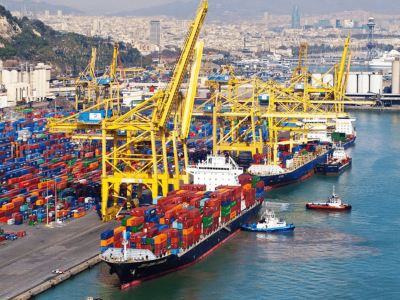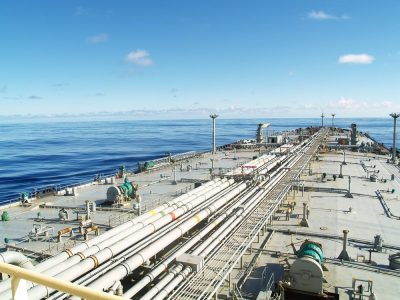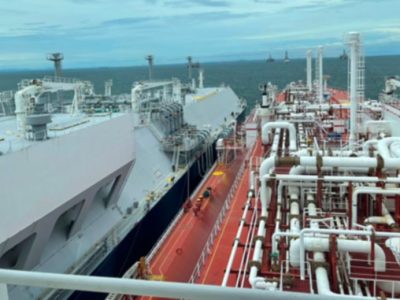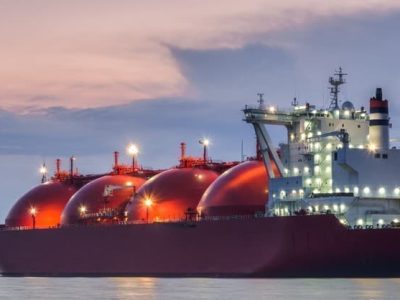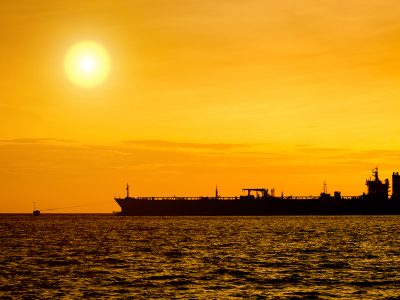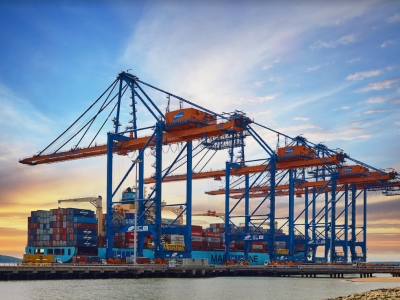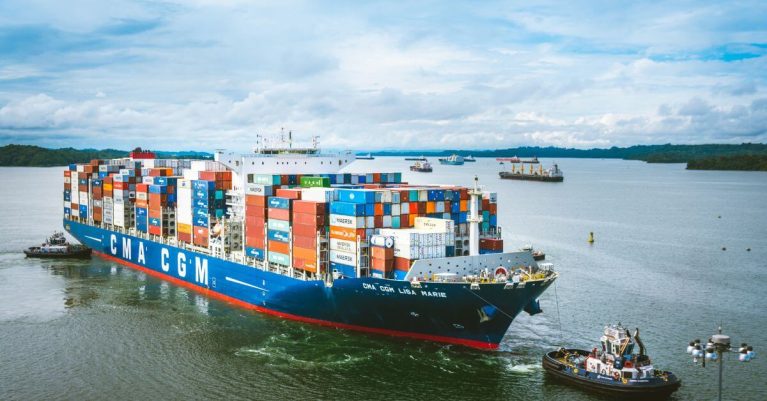By GMM News | 2025-05-07 | International Shipping News |
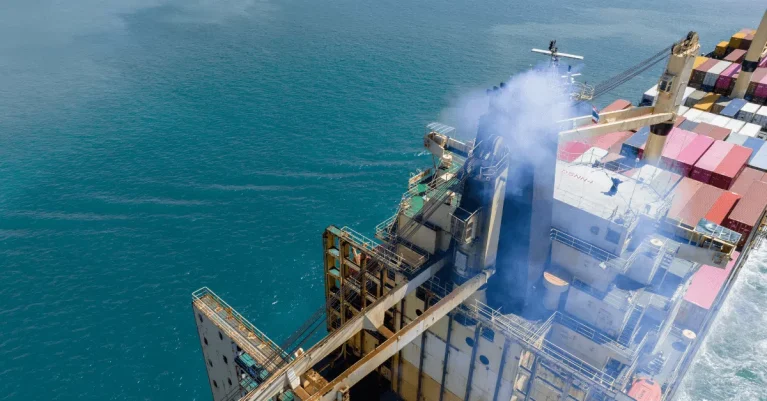
From May 1, 2025, the Mediterranean Sea has officially been designated as an Emission Control Area (ECA) for Sulphur Oxides and Particulate Matter (PM), under MARPOL Annex VI.
This means that ships sailing in the region must now use fuel oil with a sulphur content no higher than 0.10%, which is five times lower than the 0.50% allowed outside these zones.
The decision was made by the International Maritime Organisation (IMO) during the 79th session of the Marine Environment Protection Committee (MEPC 79) back in December 2022.
This step aims to reduce air pollution from ships and improve public health and marine safety in the Mediterranean region.
The IMO regulation is expected to bring significant benefits. It is estimated that sulphur oxide (SOx) emissions from ships will drop by 78.7%, which translates to a yearly reduction of around 8.5 million tonnes of SOx released into the air.
Additionally, emissions of fine particulate matter (PM 2.5) are expected to go down by 23.7%.

The Mediterranean region, which handles about 20% of global seaborne trade and is home to 24% of the world’s ship fleet, is one of the busiest maritime zones in the world.
With over 17% of worldwide cruise traffic passing through its waters, the new rules are expected to bring major health and environmental benefits.
According to studies from the UN Environment Programme’s Mediterranean Action Plan (UNEP/MAP), these changes could help prevent approximately 1,100 premature deaths and over 2,300 new cases of childhood asthma each year.
Visibility across regions like North Africa and the Strait of Gibraltar is also expected to improve, lowering the risk of maritime accidents.
The cleaner air will also reduce the risk of acidification, which harms crops, forests, aquatic species, and coastal ecosystems.
Health experts say that lowering sulphur emissions from shipping reduces the chances of lung cancer, cardiovascular diseases, strokes, and asthma, especially in port cities.
This move has been made possible through a collaborative effort by all 21 countries surrounding the Mediterranean and the European Union.
The entire process was coordinated under the Barcelona Convention, with UNEP/MAP serving as the main platform for negotiations.
Technical support came from the Regional Marine Pollution Emergency Response Centre for the Mediterranean Sea (REMPEC) and the Plan Bleu Regional Activity Centre.

This makes the Mediterranean Sea the fifth official Sulphur Emission Control Area in the world, following:
- The Baltic Sea area
- The North Sea area
- The North American area (covering coastal waters off the U.S. and Canada)
- The United States Caribbean Sea ECA (around Puerto Rico and the Virgin Islands)
In 2024, the IMO further designated two more ECAs – the Canadian Arctic and the Norwegian Sea. Later in April 2025, the MEPC 83 session approved a proposal to designate the North-East Atlantic as an ECA as well.
French officials said the fuel now required under the new regulation is five times less polluting than what was previously allowed.
According to the French maritime authority for the Mediterranean (DIRM), many ship operators had already begun using cleaner fuels in anticipation of the law.
Fanny Pointet, who leads sustainable shipping at the NGO Transport & Environment, stated that Europe already has tough port regulations.
However, she added that “the strength of this new measure is that it will apply across the whole of the Mediterranean Sea, so not only in European ports, but also in North African ports.”
The success of previous ECA zones has shown positive outcomes. Since 2014, sulphur emissions in Northern Europe have dropped by 70% due to similar rules.
However, the European Commission and Mediterranean coastal countries are now considering the next step: establishing a Nitrogen Oxide Emission Control Area (NECA) to tackle nitrogen-based pollution from ships, which has increased by 10% between 2015 and 2023.
Back in January 2020, a separate IMO rule had already reduced the sulphur limit outside ECAs to 0.5%, leading to a 70% drop in global sulphur oxide emissions from shipping.
Reference: shipmanagementinternational

